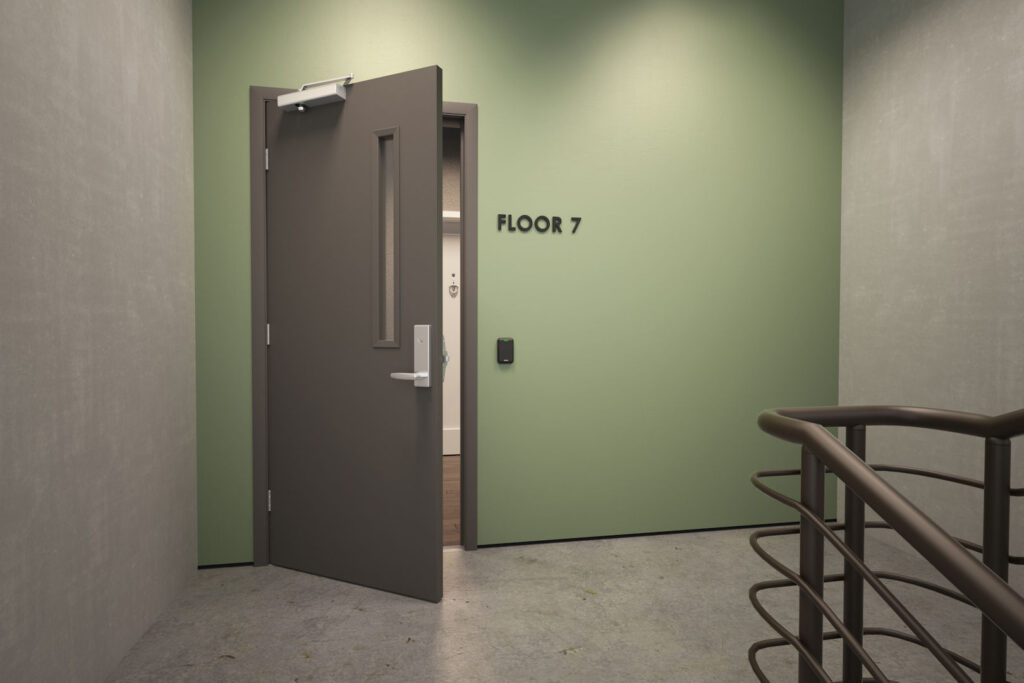 In many jurisdictions, this issue has been addressed by adoption of the 2018 or 2021 edition of the International Building Code (IBC), but in locations where an older code is still in use, today’s Quick Question continues to come up:
In many jurisdictions, this issue has been addressed by adoption of the 2018 or 2021 edition of the International Building Code (IBC), but in locations where an older code is still in use, today’s Quick Question continues to come up:
Is it acceptable by code to install fail safe electrified locks on interior stairway doors in a 5- or 6-story building?
This question addresses the interior fire doors used to access a stairwell from the floors of a building; it is not related to the stair discharge door that is typically found at the bottom of the stairs. The interior doors leading to the stair must be code-compliant for egress into the stairwell, and there are also code requirements related to the hardware on the stair side of the door (the access or ingress side). If a stairwell becomes compromised during a fire, building occupants within the stairwell must be able to exit through these doors back into the building, to find another means of egress or to wait for assistance. Fail safe locks are typically used for this application, and the related code requirements are called “stairwell reentry.”
The current model codes are clear about the requirements for stairwell reentry, although a few changes will be made to the 2024 I-Codes in order to further clarify the lock-release requirements and the need for fail safe locks (there is a code update here). However, a gap was discovered in the past codes, which causes today’s Quick Question to resurface on occasion. Prior to the 2018 editions of the I-Codes, there were two exceptions addressing electrified locks on stairwell doors. One exception allowed electrified locks on interior stairwell doors if the stairwell served four stories or less. The other addressed high rise buildings (buildings with an occupied floor more than 75 feet above the lowest level of fire department vehicle access), and this exception required a two-way communication system in the stairwell if electrified locks were installed.
There are many buildings that are more than four stories but less than 75 feet in height, and past editions of the I-Codes did not specifically address those buildings with regard to electrified locks on stairwell doors. But there is no reason that I can think of to prohibit electrified locks on 5- or 6-story buildings, if the other requirements stated in the codes are met. The main question in my mind was whether these buildings needed the two-way communication system if electrified locks were used.
This question was answered during the 2018 code development cycle (proposal E74-15), when the 4-story limit was removed from the exception. This clarified that electrified locks may be installed on stairwell doors, regardless of the height of the building, and for high-rise buildings, the stairway communication system is required when these locks are present. The reason statement included with the code change proposal states: As currently written, the 2015 IBC allows stairway doors to be locked from the side opposite egress on stories one through four in Exception 3 of Section 1010.1.9.11 and in high rise buildings (typically seven stories and higher) in Section 403.5.3. By deleting the limitation on the the number of stories in this section, stair doors on the fifth and sixth stories would be allowed to be locked from the non-egress side consistent with doors on all other floors.
For jurisdictions where an edition of the I-Codes prior to the 2018 edition is still in use, this question may continue to arise. However, based on the clarifications that have been made to more recent editions of the codes, the intent seems clear. The I-Codes allow stairwell doors to have electrified locks, regardless of the building height or number of stories, as long as the requirements stated in the codes are met.
If you have had experience with this issue, I’d love to hear what the outcome was.
You need to login or register to bookmark/favorite this content.

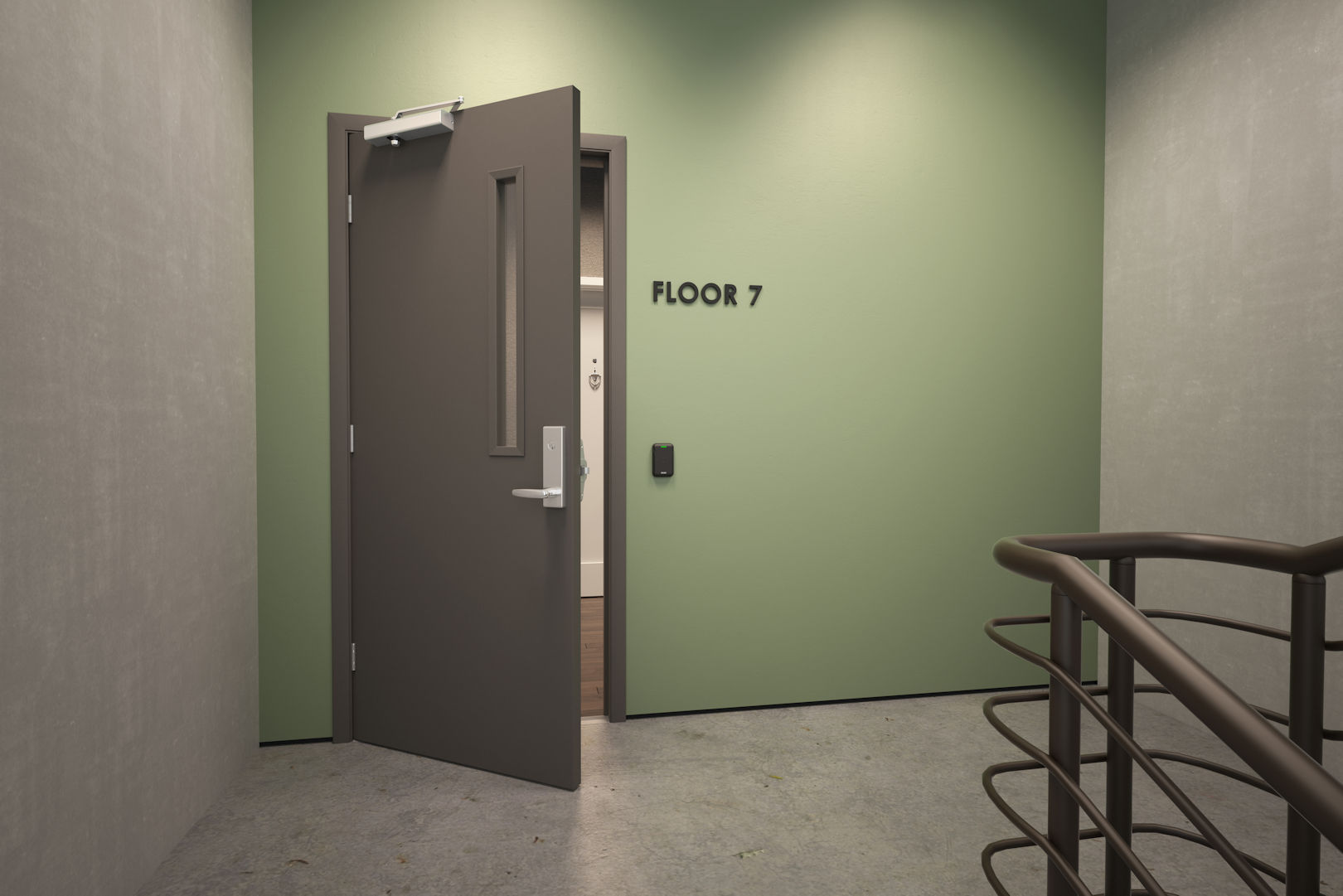
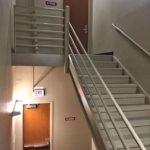
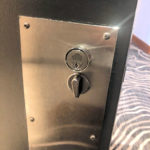






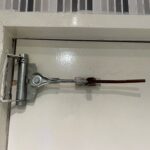
Fail safe hardware is permitted in most cases as long as the required rating is met as is the positive latch and the door is prepped for the hardware so you do not need to make modifications to the door that would void the label.
Some jurisdictions will allow every other floor also.
We use panics with Fail Safe EL lever trim or magnets that are inherently Fail Safe.
Always work with the AHJ and you will only need to do it once and avoid possibly installing new doors and frames.
Thanks Gary!
– Lori
https://idighardware.com/2012/07/fail-safe-vs-fail-secure-when-and-where/
Is it acceptable by code to install fail safe electrified locks on interior stairway doors in a 5- or 6-story building?
Ok what am I missing ?
Article does not seem to talk about fire rated doors and “Fail Safe”
Hi Charles –
I made a few tweaks to the article so this is more clear, but the main issue is the 5- or 6-story gap in the past I-Codes. These doors are typically fire doors and the common application for electrified locks allowing reentry is fail safe locks.
– Lori